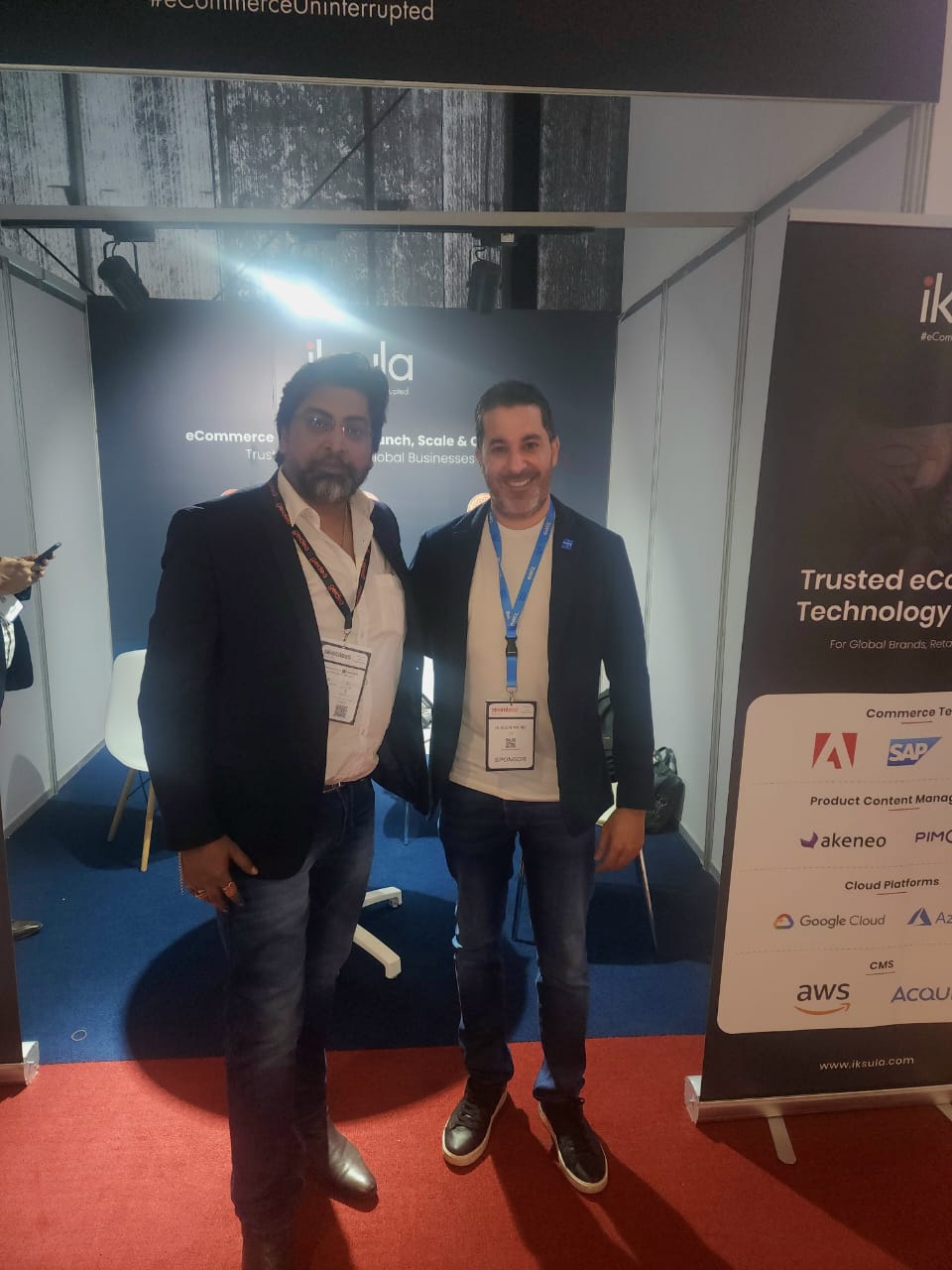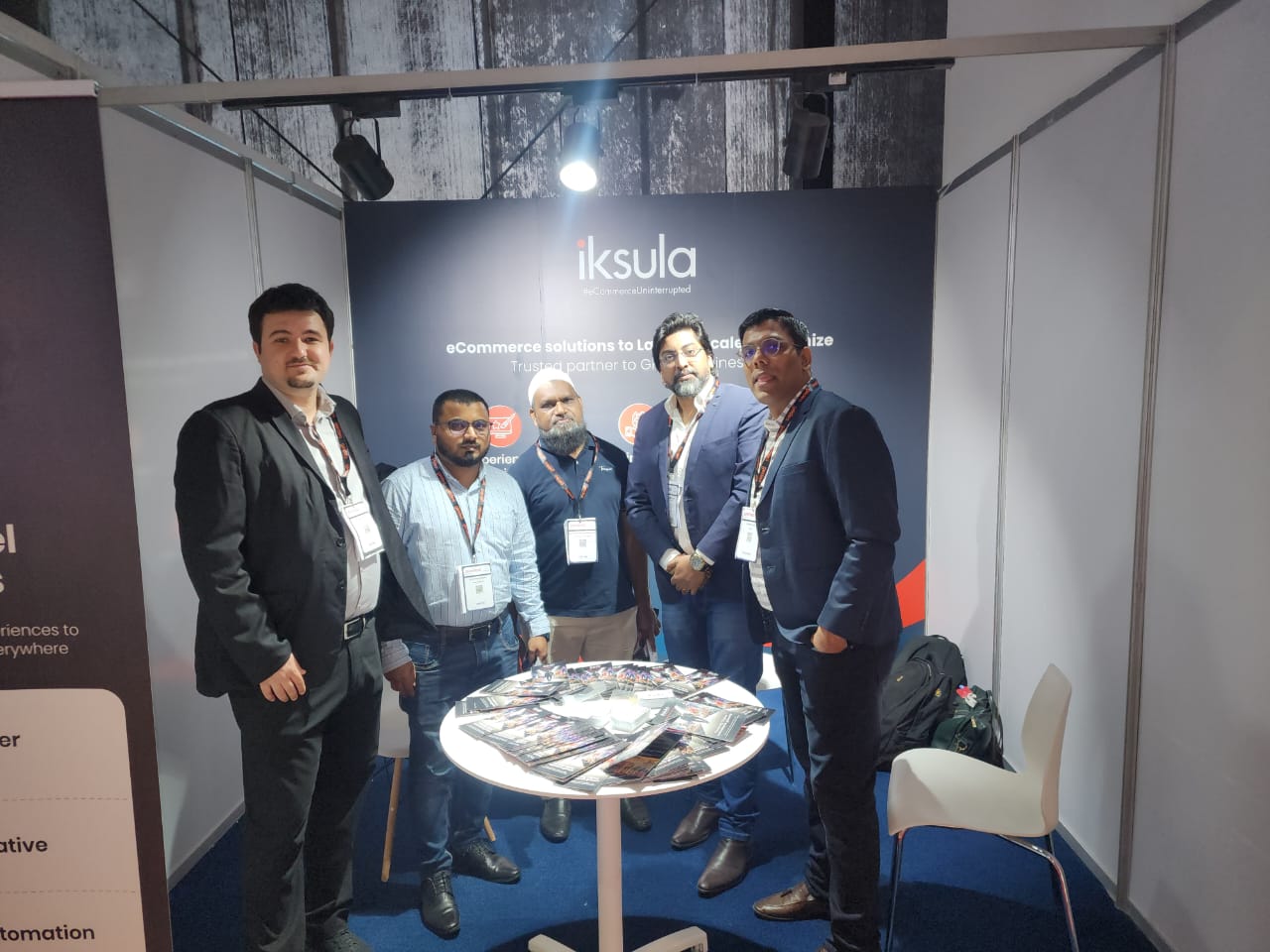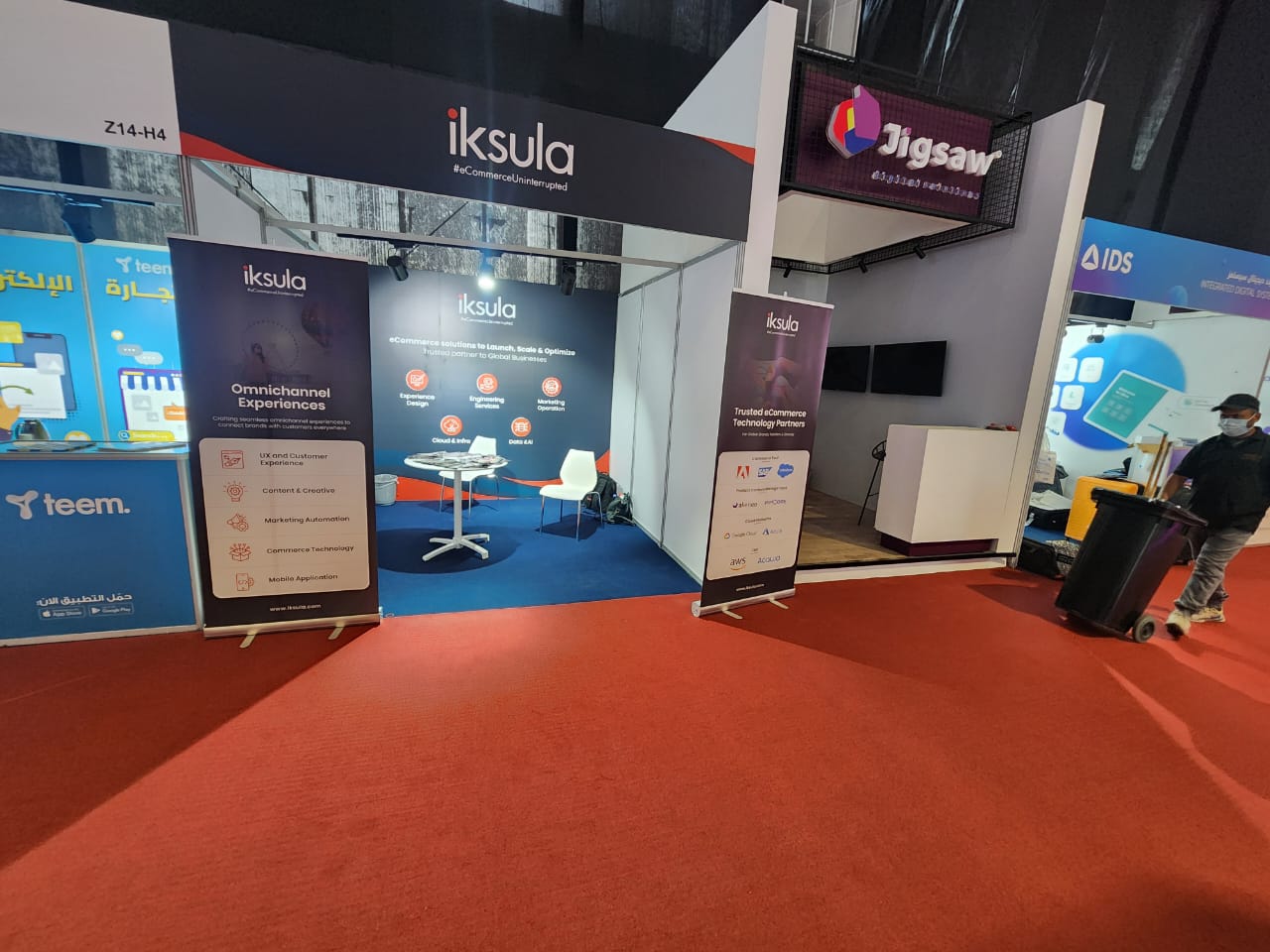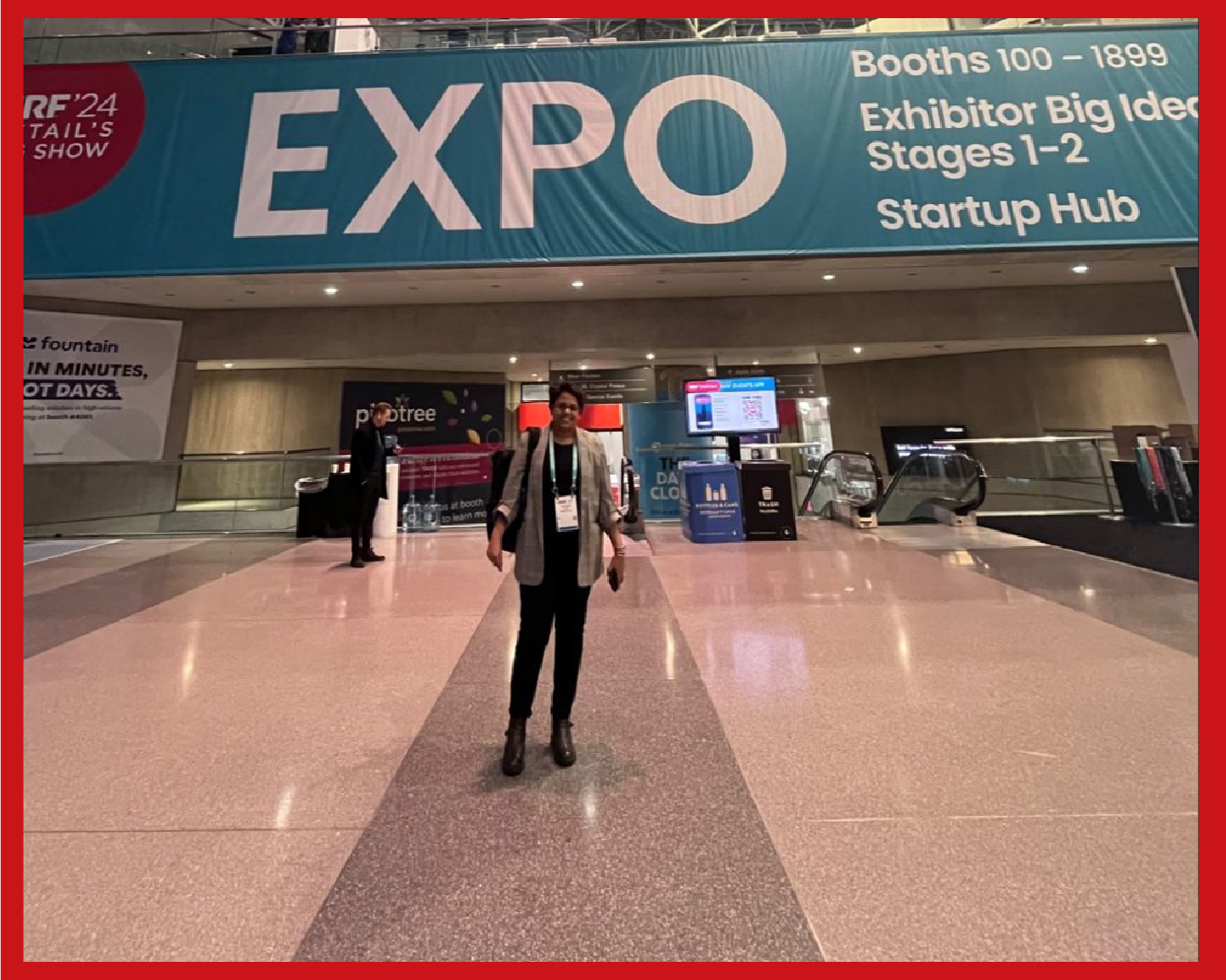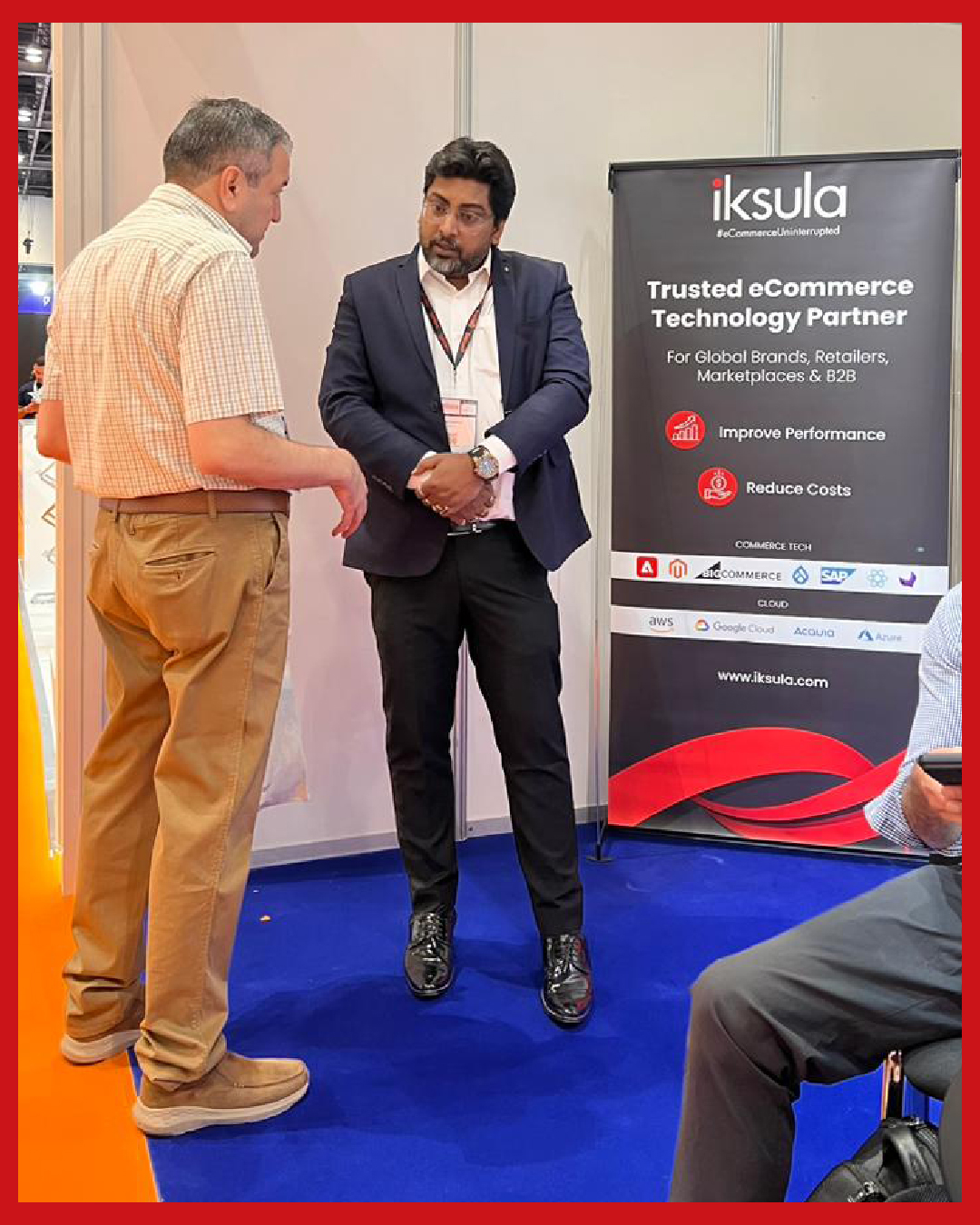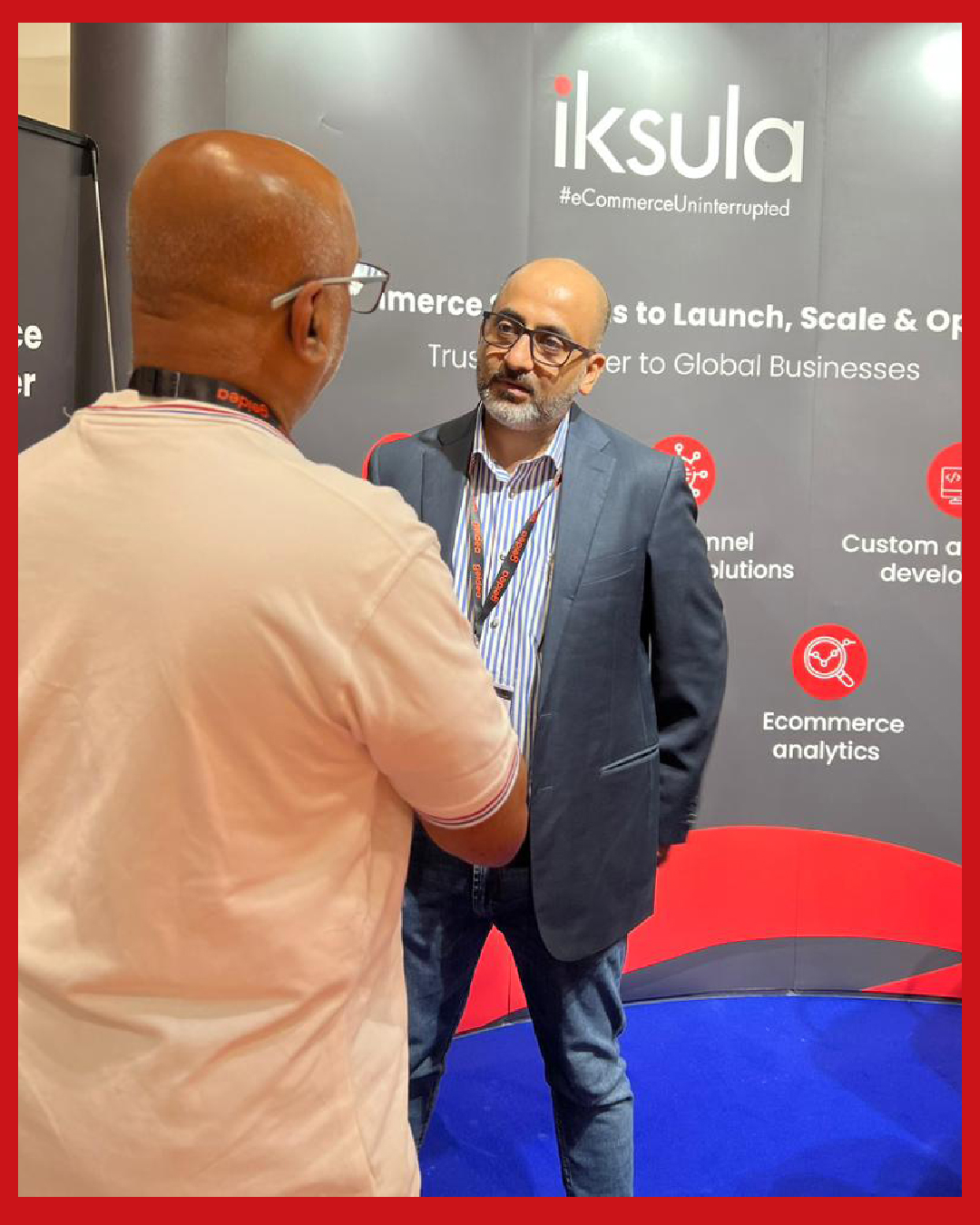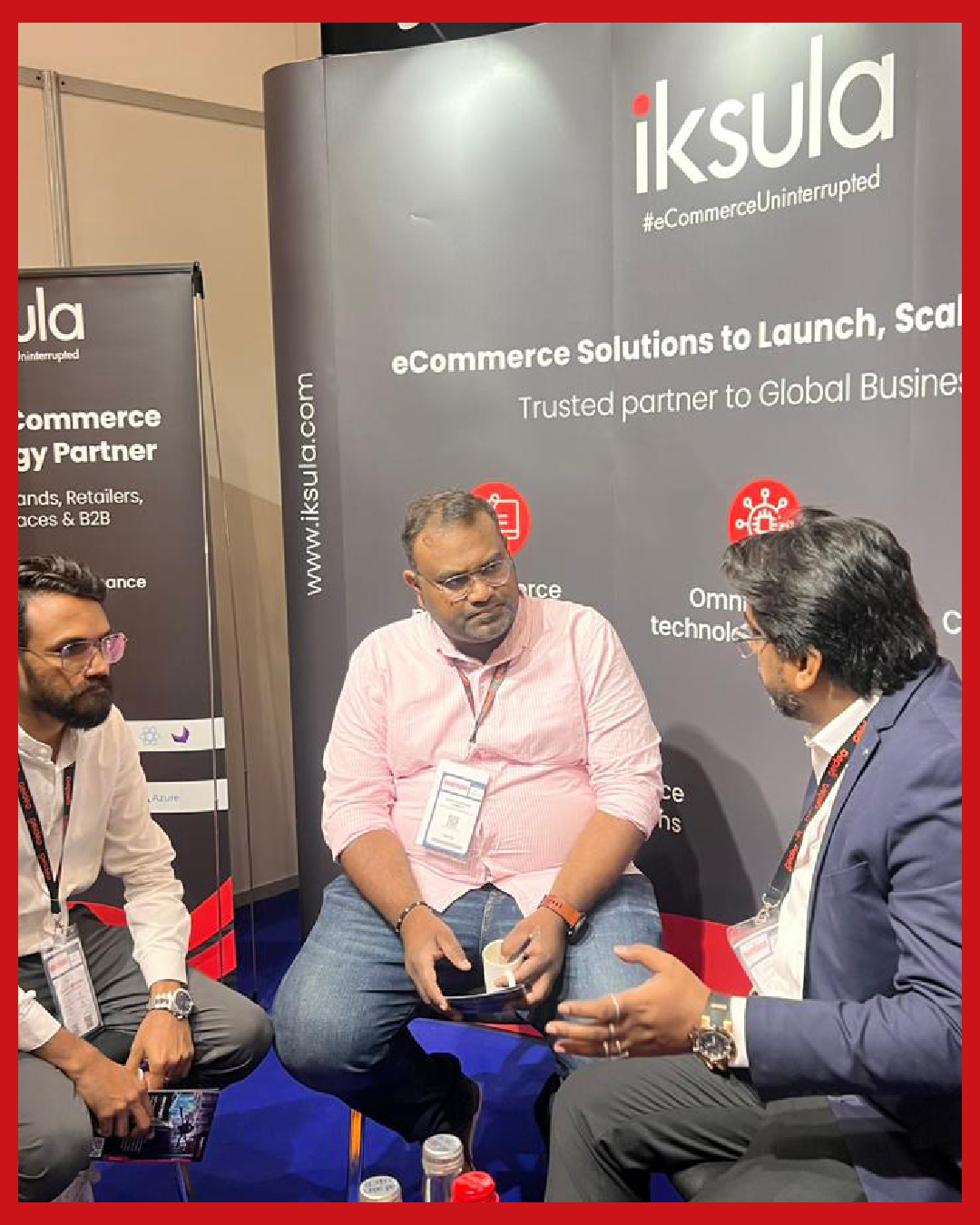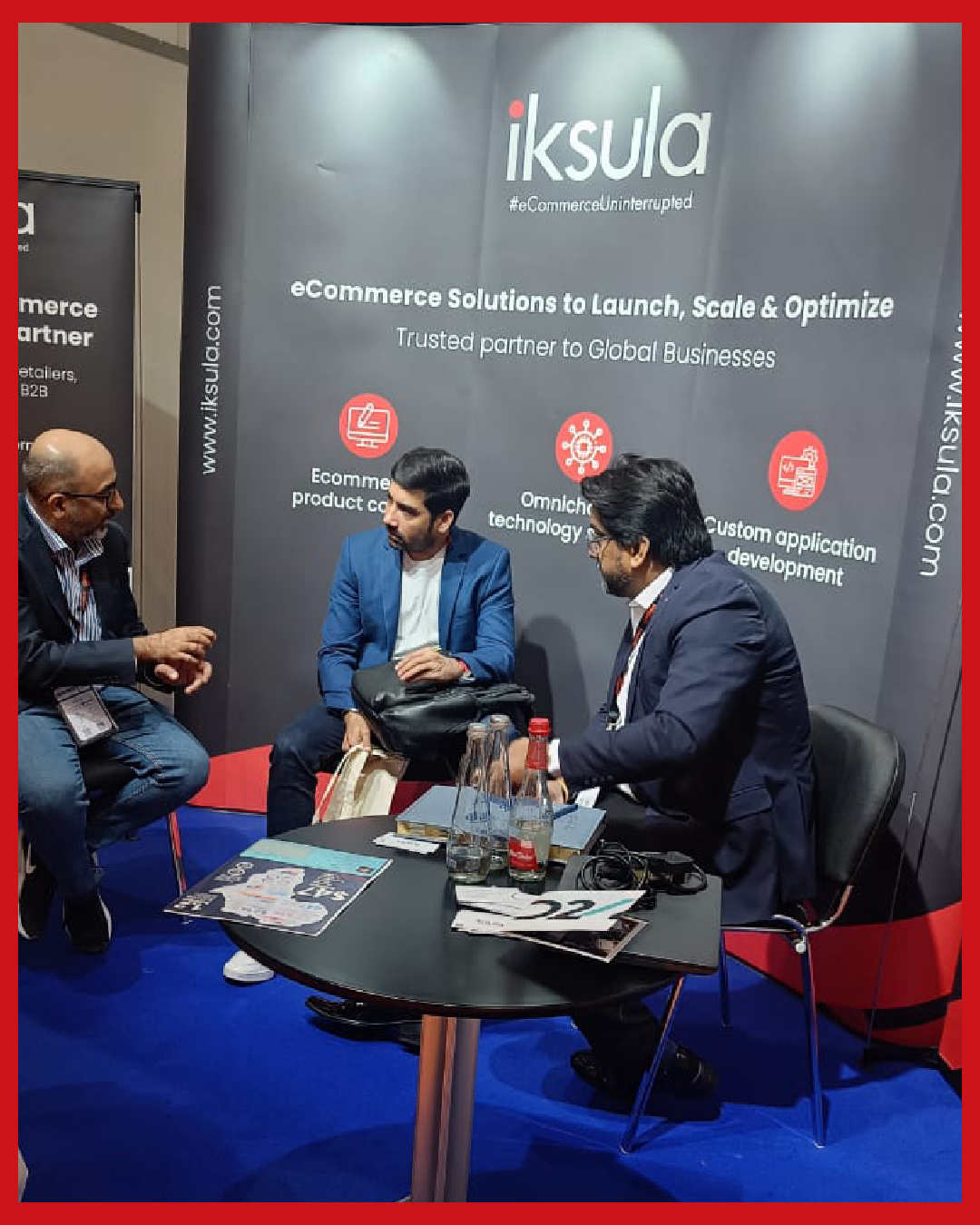An enterprise commerce platform or a custom technology stack – which is the right choice for your business?
Choosing the technology stack for an eCommerce business is probably one of the most critical decisions that is taken in the initial stages of the business. The choice is driven by a range of factors – business complexity, time to market, scalability, investment needed, technology capability. It is also important to decide between choosing a platform or building a custom commerce stack. In this article, we will articulate a broad framework to help business users analyze their needs and make an informed choice on their eCommerce technology stack.
The core elements of our framework
Business model and operational processes
An eCommerce business comprises these functional groups – Buyers, Sellers, Inventory, Search & discovery, cart and purchase, payments, and shipping & logistics. Additionally, promotions, customer data & loyalty form support functions.
The most common operating models are – B2C, B2B, and 3rd party marketplaces. There are variations to these, but broadly, this classification holds good. These operating models have different breadths and depths of the core processes – which determines the business complexity, driving the choice of tech stack and platforms.
In terms of complexity, marketplace models are the most complex; having to manage buy-side and sell-side processes, along with the core marketplace operations. Also, the size of the catalog is usually very large. The norm for marketplaces is to build a custom technology stack, to meet heavy customization requirements, scale and ongoing platform improvements. This requires significant upfront investment in building a technology team, and time to market is longer.
For B2C/B2B customers making their initial foray into eCommerce, the preference is usually from the wide range of platforms available. The available platforms offer a wide coverage of required features, offer faster time to market and need a lower initial investment.
Industries
For consumer industries – fashion, general merchandise, home improvement – the core commerce features are widely available in platforms. The initial investment can range from a few hundred dollars to a few thousand dollars per month as the business scales. This makes them a better choice for B2C businesses for launching and scaling.
Industrial customers manage more complex catalogs, and need additional B2B functionality. One option is to use an open-source platform as a base and build extensive customizations on top of it. Another option is to invest in an enterprise level platform with out of box B2B capabilities. The initial investment in B2B platforms, however, is higher than B2C platforms. Businesses can also choose to build custom platforms; however, it is advisable to do so only when the use cases have been established and there are strong technology capabilities available in-house.
Services and complex B2B businesses usually prefer custom technology stacks. These choices are driven by the unique business processes for these industries. A customization-driven platform strategy can be ineffective, leading to unstable platform and performance challenges. The investment – time and financial – in building these custom platforms is significant, and it is critical to have an iterative development strategy based on market feedback.
Growth & Scalability plans
There are 2 dimensions that need to be evaluated and planned for – volume and functionality.
Business volume includes catalog size, concurrent users and number of orders. Volume scalability is a function of application architecture and supporting infrastructure. Platforms with monolith architectures face limitations when handling very high concurrent peak loads – typically greater than a few thousand. MACH based platform architectures are better suited for such scalability. Businesses that are looking to scale exponentially in 12-18 months, with millions of users should choose the higher investment in MACH architectures, either platform or custom. Businesses with more linear scalability plans can choose lower cost monolith architectures.
Functional scalability refers to the ability to add additional functionality on an ongoing basis. All platforms have the flexibility to build additional functionality, however, these are enhancements to the available core modules.
Custom technology stacks are a good fit for businesses that need to rapidly add significant new capabilities to their commerce platforms. Examples include video streaming, live try-ons – that cannot be easily added to platform-based websites.
Who all should be part of this process?
The technology selection process is one of the key determinants of the success of business initiatives. It requires inputs from executive leadership, operations, technology and finance teams.
In our experience, the core business case should be developed by the executive leadership along with the team responsible for driving the eCommerce business. The eCommerce team should first establish a 3 year business roadmap, and engage with business functions to understand their core requirements. The technology team then helps evaluate the available options, time to market and financial investment. The final decision can then be made based on best fit for business, technology and financial parameters.













